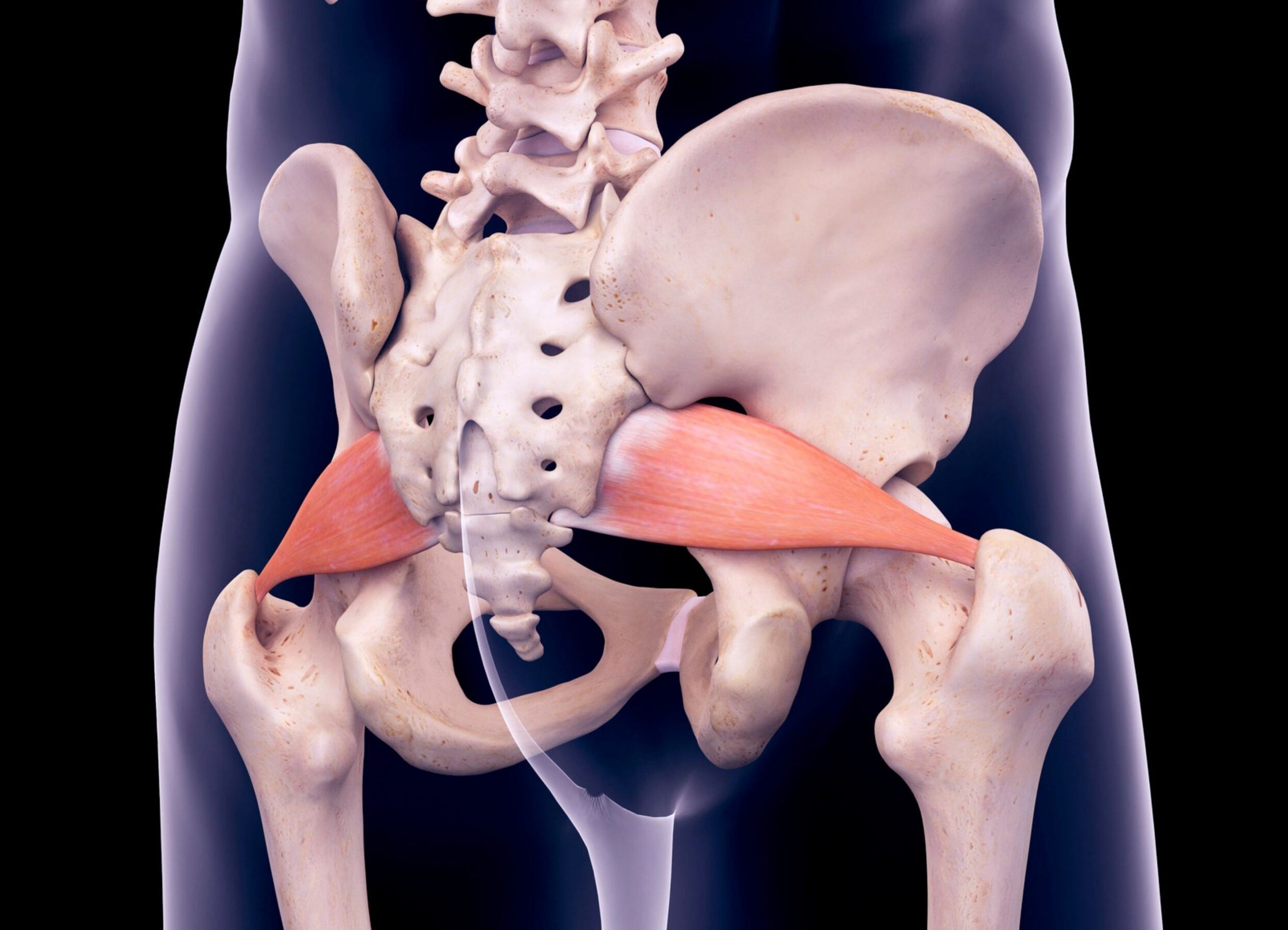
Piriformis Syndrome can be a real pain in the butt—literally! This condition occurs when the piriformis muscle, located in the buttocks, irritates the sciatic nerve. Symptoms often include pain, tingling, or numbness in the buttocks and down the leg. Many people confuse it with sciatica, but they’re not the same. Piriformis Syndrome can result from prolonged sitting, overuse, or even trauma. Athletes, especially runners and cyclists, are particularly prone to it. Treatment options range from stretching exercises and physical therapy to anti-inflammatory medications. In severe cases, surgery might be necessary. Understanding the causes, symptoms, and treatments can help manage and prevent this pesky condition.
Key Takeaways:
- Piriformis syndrome causes pain in the buttock and leg due to muscle spasms. It can be managed with exercises, stretching, and proper posture to prevent flare-ups.
- Prevention involves regular stretching, good posture, and avoiding prolonged sitting. Research is ongoing to improve diagnosis and treatment, offering hope for better management in the future.
What is Piriformis Syndrome?
Piriformis syndrome is a condition where the piriformis muscle, located in the buttock region, spasms and causes pain. This muscle can irritate the nearby sciatic nerve, leading to pain, numbness, and tingling along the back of the leg and into the foot.
- Piriformis syndrome is often mistaken for sciatica because both conditions cause similar symptoms.
- The piriformis muscle is a small muscle located deep in the buttock, behind the gluteus maximus.
- This muscle helps with hip rotation, allowing the thigh to move away from the body.
- When the piriformis muscle becomes tight or inflamed, it can compress the sciatic nerve.
- The condition is named after the piriformis muscle, which means "pear-shaped" in Latin.
Causes of Piriformis Syndrome
Understanding what triggers piriformis syndrome can help in managing and preventing it. Various factors can contribute to this condition.
- Overuse of the piriformis muscle during activities like running or prolonged sitting can lead to piriformis syndrome.
- Trauma to the buttock area, such as a fall or direct blow, can cause the muscle to spasm.
- Anatomical variations, such as a split piriformis muscle or an abnormal sciatic nerve path, can increase the risk.
- Prolonged sitting, especially on hard surfaces, can compress the piriformis muscle.
- Poor posture and improper lifting techniques can strain the muscle.
Symptoms of Piriformis Syndrome
Recognizing the symptoms is crucial for early diagnosis and treatment. The symptoms can vary in intensity and duration.
- Pain in the buttock is the most common symptom of piriformis syndrome.
- The pain can radiate down the back of the leg, mimicking sciatica.
- Numbness and tingling in the buttock and along the sciatic nerve path are also common.
- Pain often worsens with prolonged sitting or activities that involve hip rotation.
- Some people experience difficulty walking or a reduced range of motion in the hip.
Diagnosis of Piriformis Syndrome
Accurate diagnosis is essential for effective treatment. Various methods are used to diagnose piriformis syndrome.
- Physical examination by a healthcare provider is the first step in diagnosing piriformis syndrome.
- The FAIR (Flexion, Adduction, and Internal Rotation) test can help identify the condition.
- Imaging tests like MRI or CT scans are used to rule out other causes of sciatic nerve compression.
- Electromyography (EMG) can assess the electrical activity of muscles and nerves.
- Diagnostic injections of anesthetic into the piriformis muscle can confirm the diagnosis.
Treatment Options for Piriformis Syndrome
Several treatment options are available to manage and alleviate the symptoms of piriformis syndrome. These range from conservative methods to more invasive procedures.
- Physical therapy is often recommended to stretch and strengthen the piriformis muscle.
- Anti-inflammatory medications can help reduce pain and inflammation.
- Applying ice or heat to the affected area can provide temporary relief.
- Corticosteroid injections into the piriformis muscle can reduce inflammation.
- In severe cases, surgery may be necessary to relieve pressure on the sciatic nerve.
Exercises for Piriformis Syndrome
Specific exercises can help alleviate symptoms and prevent recurrence. These exercises focus on stretching and strengthening the piriformis muscle.
- The piriformis stretch involves lying on your back and pulling one knee towards the opposite shoulder.
- The seated piriformis stretch can be done by crossing one leg over the other and gently pulling the knee towards the chest.
- Hip abduction exercises strengthen the muscles around the hip, providing better support.
- Foam rolling the buttock area can help release tension in the piriformis muscle.
- Yoga poses like the pigeon pose can stretch the piriformis muscle effectively.
Prevention of Piriformis Syndrome
Preventing piriformis syndrome involves adopting healthy habits and being mindful of activities that strain the muscle.
- Regular stretching and strengthening exercises can keep the piriformis muscle flexible and strong.
- Maintaining good posture while sitting and standing can reduce strain on the muscle.
- Taking frequent breaks from prolonged sitting can prevent muscle compression.
- Using proper techniques when lifting heavy objects can avoid unnecessary strain.
- Wearing supportive footwear can help maintain proper alignment and reduce stress on the piriformis muscle.
Interesting Facts About Piriformis Syndrome
Here are some intriguing facts about piriformis syndrome that you might not know.
- Piriformis syndrome is more common in women than men, possibly due to differences in pelvic anatomy.
- The condition was first described in medical literature in the early 20th century.
- Some athletes, particularly runners and cyclists, are at higher risk of developing piriformis syndrome.
- The sciatic nerve passes through the piriformis muscle in about 15% of the population, increasing the risk of compression.
- Piriformis syndrome can sometimes be misdiagnosed as a herniated disc or spinal stenosis.
Myths About Piriformis Syndrome
There are several misconceptions about piriformis syndrome. Let's debunk some of these myths.
- Myth: Piriformis syndrome only affects athletes. Fact: It can affect anyone, regardless of activity level.
- Myth: Surgery is the only treatment option. Fact: Most cases can be managed with conservative treatments.
- Myth: Piriformis syndrome is a rare condition. Fact: It is relatively common but often underdiagnosed.
- Myth: Pain relief is immediate with treatment. Fact: It may take time and consistent effort to see improvement.
- Myth: Only older adults get piriformis syndrome. Fact: It can occur at any age.
Living with Piriformis Syndrome
Managing piriformis syndrome involves making lifestyle adjustments and being proactive about treatment.
- Regular exercise and stretching can help manage symptoms and prevent flare-ups.
- Ergonomic adjustments at work, such as using a standing desk, can reduce strain on the piriformis muscle.
- Practicing good posture and body mechanics can minimize stress on the muscle.
- Staying active and avoiding prolonged periods of inactivity can keep the muscle healthy.
- Seeking support from healthcare professionals, such as physical therapists, can provide guidance and relief.
Research and Future Directions
Ongoing research aims to improve the understanding and treatment of piriformis syndrome. Here are some exciting developments.
- New imaging techniques are being developed to better visualize the piriformis muscle and sciatic nerve.
- Researchers are exploring the use of botulinum toxin (Botox) injections to relax the piriformis muscle.
- Advances in physical therapy techniques are helping patients recover more quickly and effectively.
Final Thoughts on Piriformis Syndrome
Piriformis syndrome can be a real pain in the butt, literally. Understanding its causes, symptoms, and treatments helps manage this condition better. Stretching, physical therapy, and sometimes medication can provide relief. Surgery is rarely needed but remains an option for severe cases.
Knowing the facts about piriformis syndrome empowers you to take control of your health. If you suspect you have this condition, consult a healthcare professional for a proper diagnosis and treatment plan. Staying active and maintaining good posture can prevent flare-ups.
Remember, early intervention can make a big difference. Don't ignore persistent pain. Take steps to address it and improve your quality of life. Stay informed, stay proactive, and keep those muscles happy!
Frequently Asked Questions
Was this page helpful?
Our commitment to delivering trustworthy and engaging content is at the heart of what we do. Each fact on our site is contributed by real users like you, bringing a wealth of diverse insights and information. To ensure the highest standards of accuracy and reliability, our dedicated editors meticulously review each submission. This process guarantees that the facts we share are not only fascinating but also credible. Trust in our commitment to quality and authenticity as you explore and learn with us.


